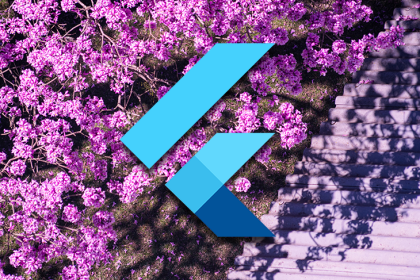
flutter_custom_tabs pluginLearn to implement Chrome Custom Tabs in Flutter applications with Flutter_custom_tabs, which offers impressive cross-platform features.
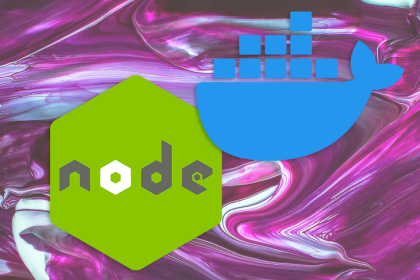
When running a Docker container in a production environment, it has be built with the right stage of production.
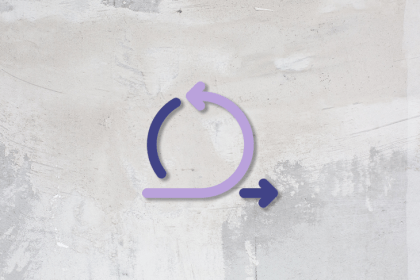
The Agile principles are statements that add more color to the higher-level values of the Agile Manifesto. Learn how they promote continuous learning and improvement in an increasingly unpredictable world.
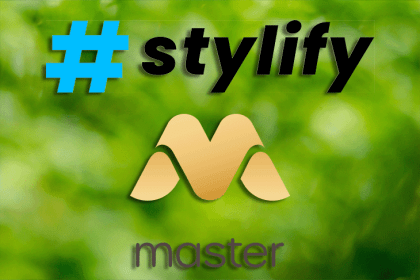
In this article, we will compare two utility-first CSS libraries — Stylify and Mater Styles; with which you can build unique and responsive UI, while writing less code.
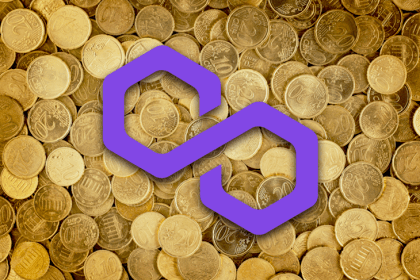
Learn how to build your very own full-stack DeFi app using Polygon and Next.js in this step-by-step tutorial.
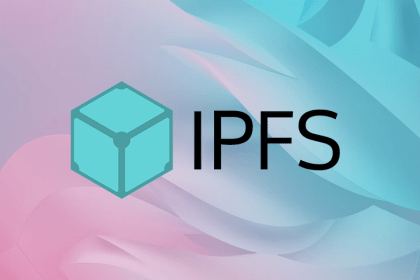
Learn how to host DApps with Fleek by building a sample decentralized pet adoption application using React, Hardhat, and Alchemy.
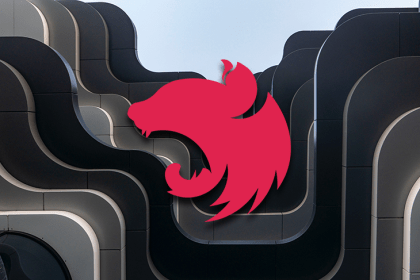
Make choosing your NestJS ORM easy with this detailed guide to four of the most popular options: Sequelize, TypeORM, MikroORM, and Prisma.

Use FastAPI, Strawberry, and GraphQL in a Next.js app that improves developer experience by using types and automating the code generation.
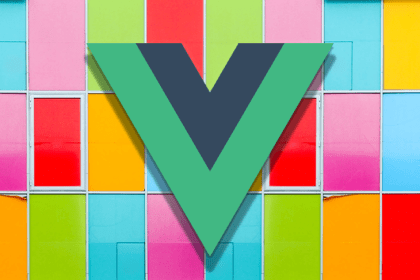
v-model in Vue 3 to build complex formsExplore the v-model directive and learn how to use multiple v-model bindings on Vue components to simplify the creation of complex forms.
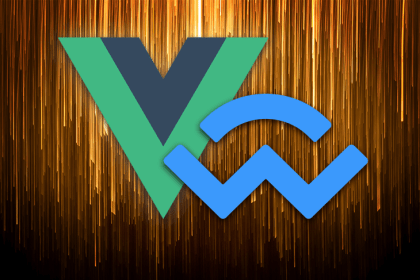
Learn how to build functionality to connect your users’ wallets into a Vue.js DApp using WalletConnect, a handy tool for Web3 devs.
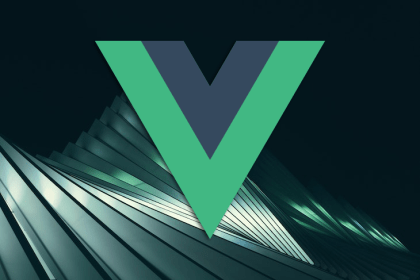
Cover the basics of using Web3 in Vue applications, including the installation process and interacting with smart contracts.
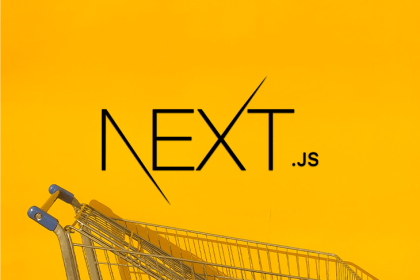
Learn how to set up a Shopify store and create a Next.js application to list and display your products with dummy data.